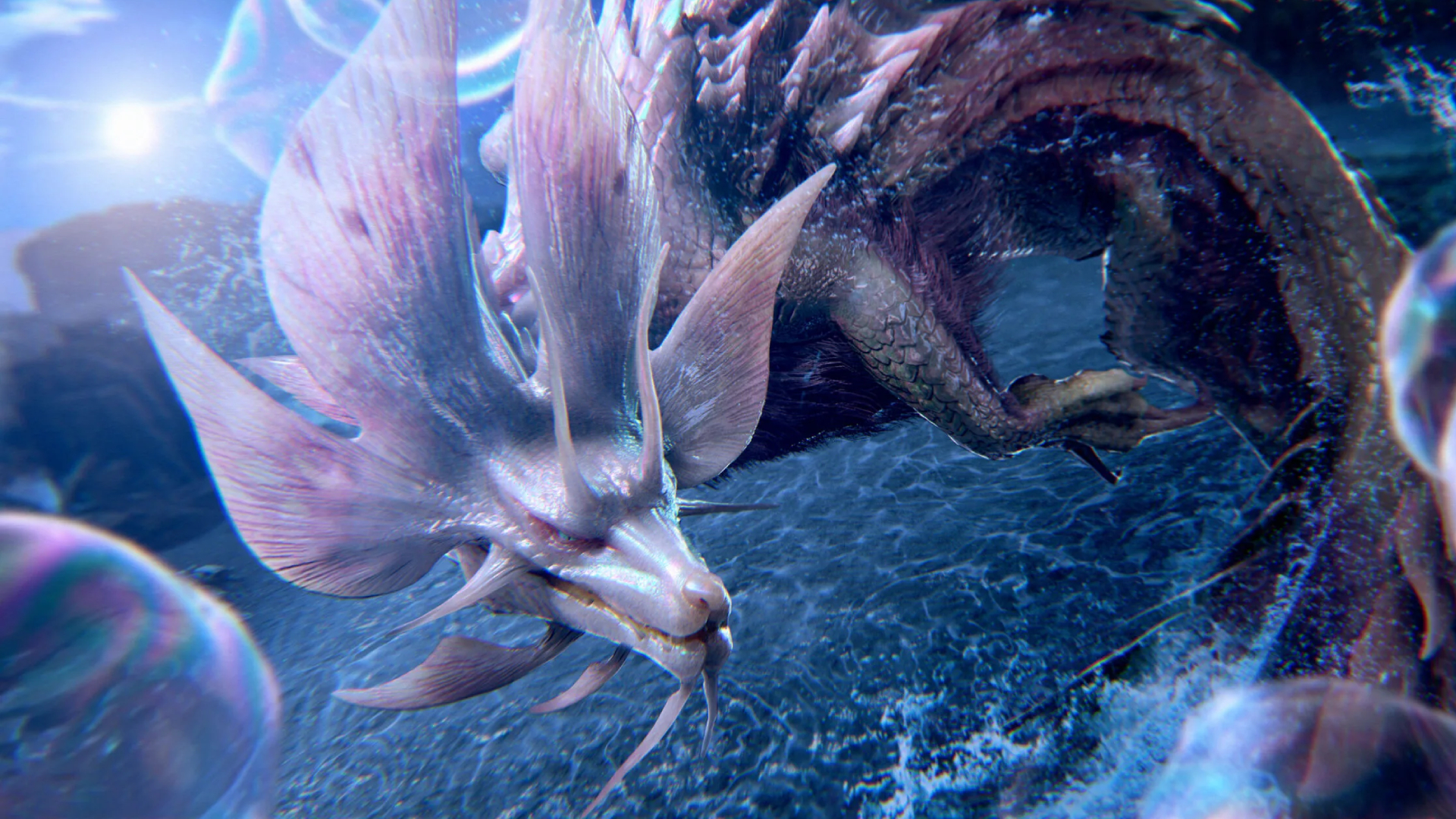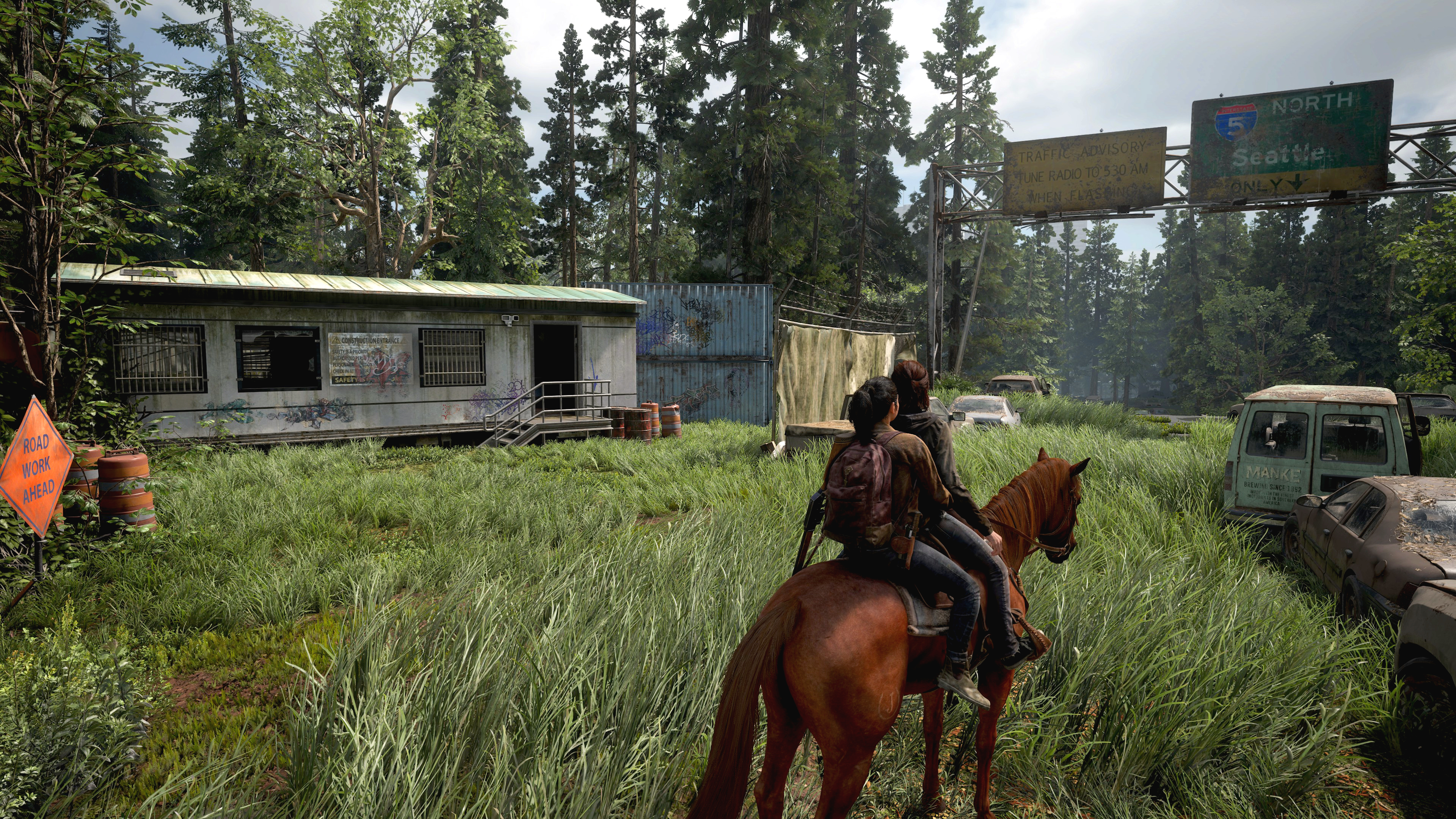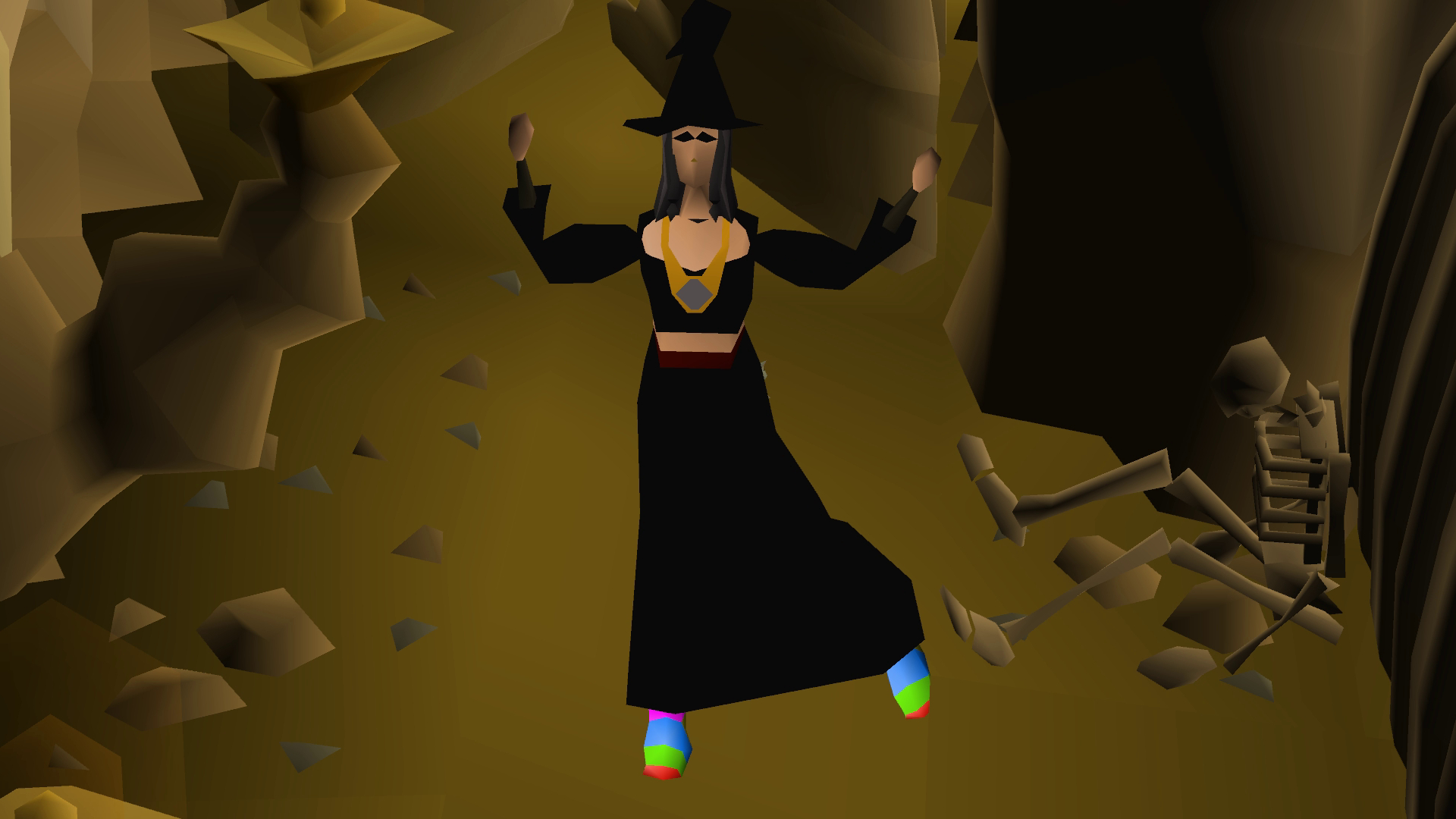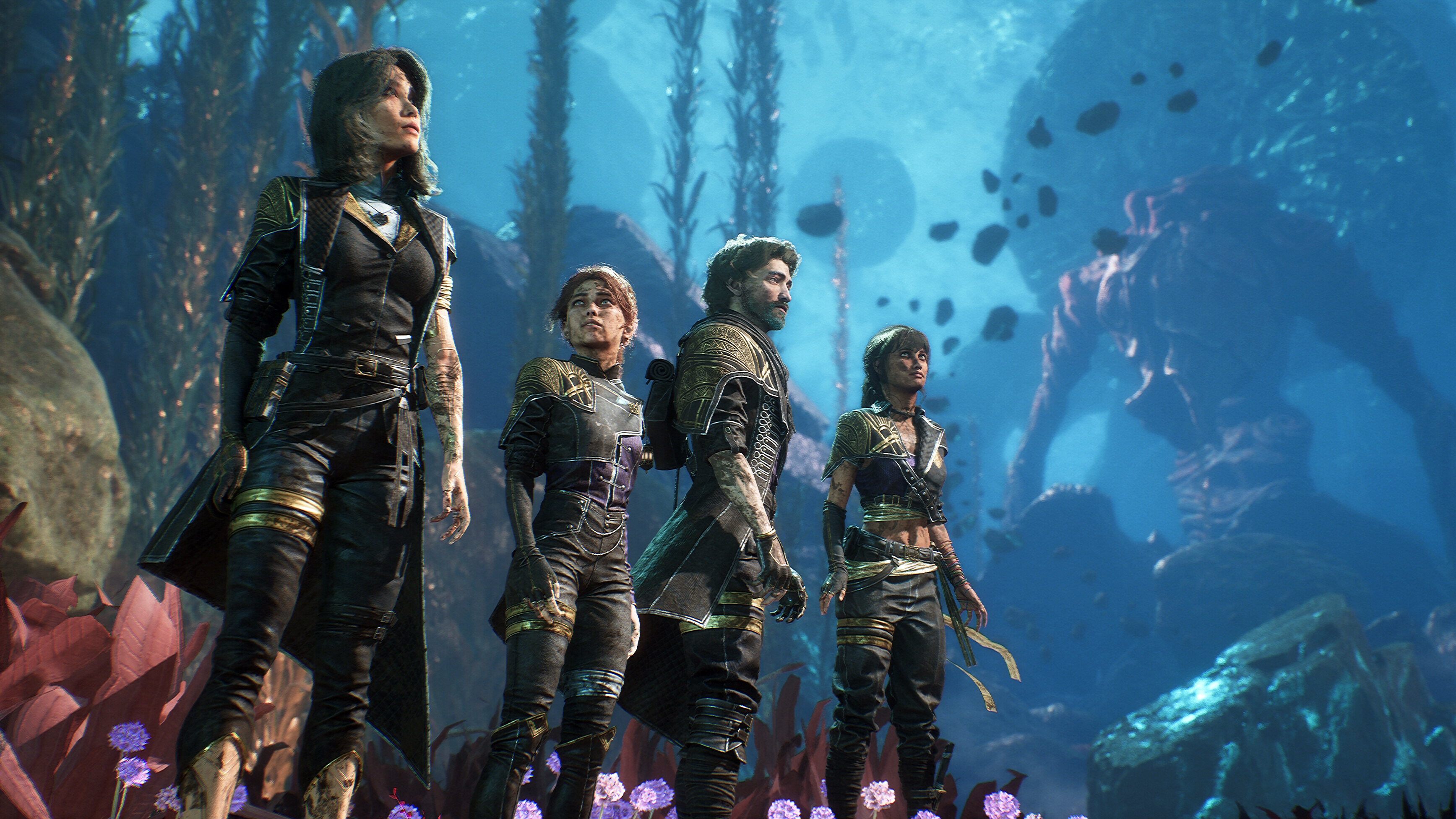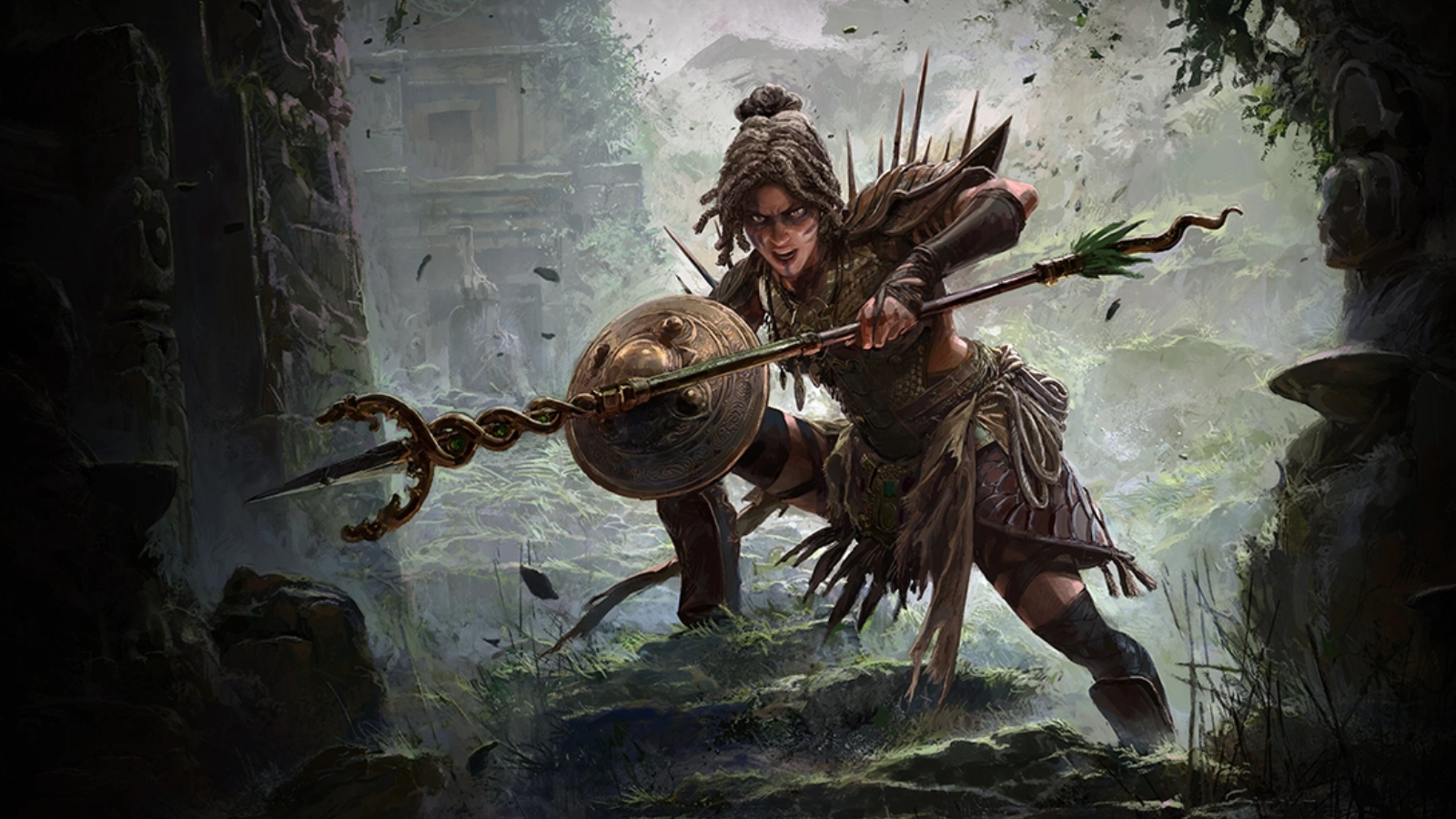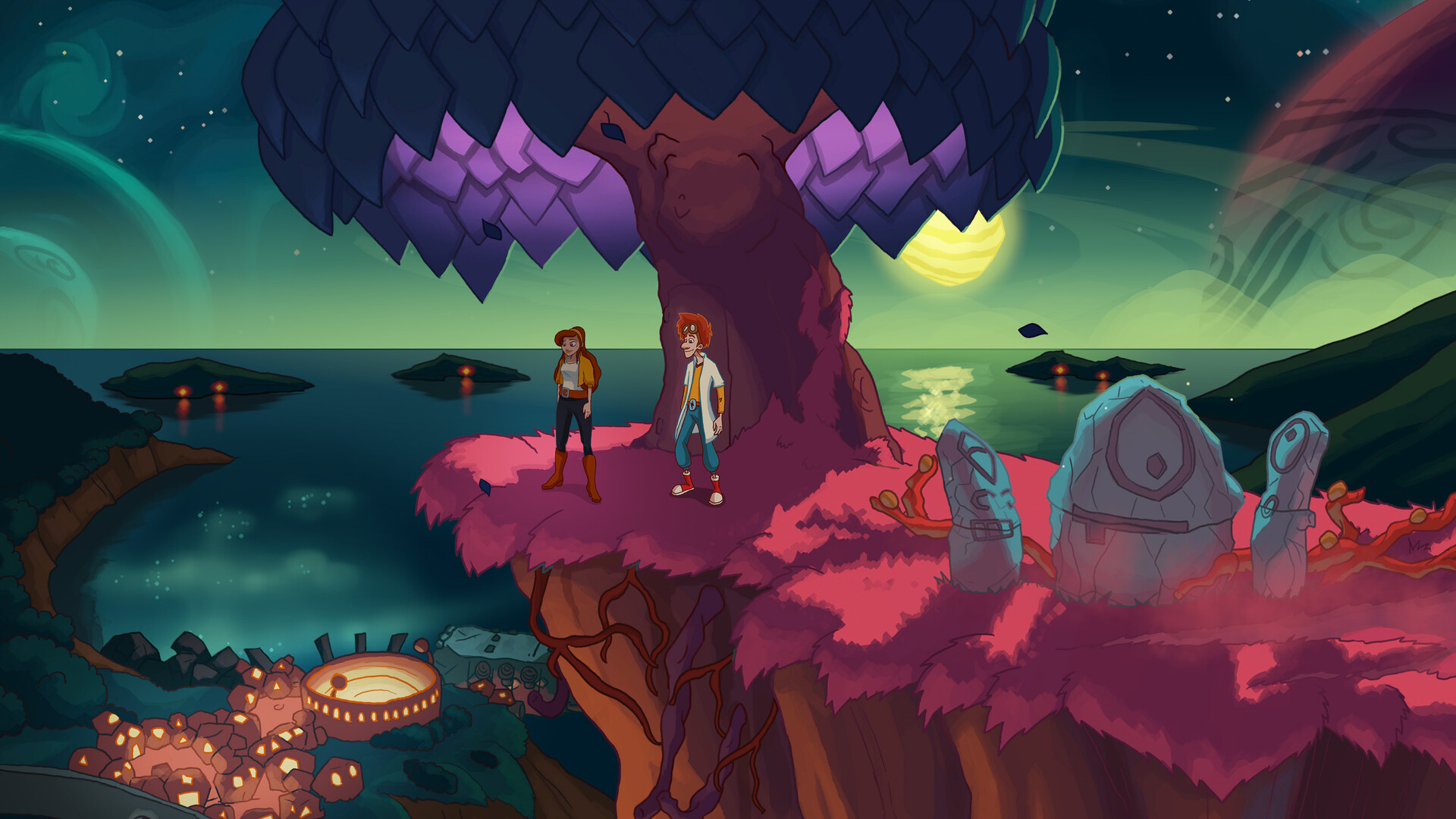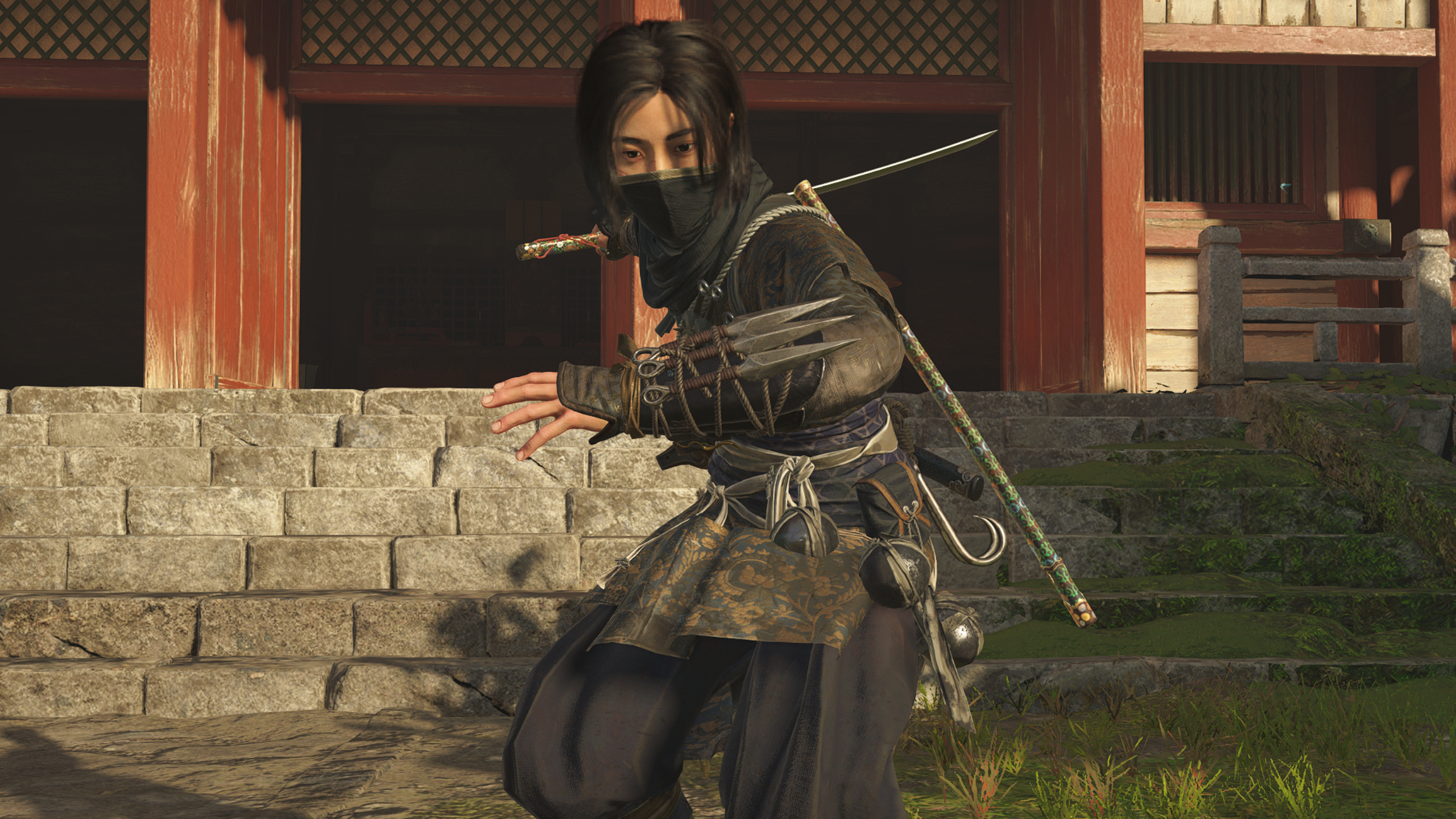Planet Zoo tips for building an awesome animal prison
It's not easy building and running a kick-ass zoo, but these tips should help.
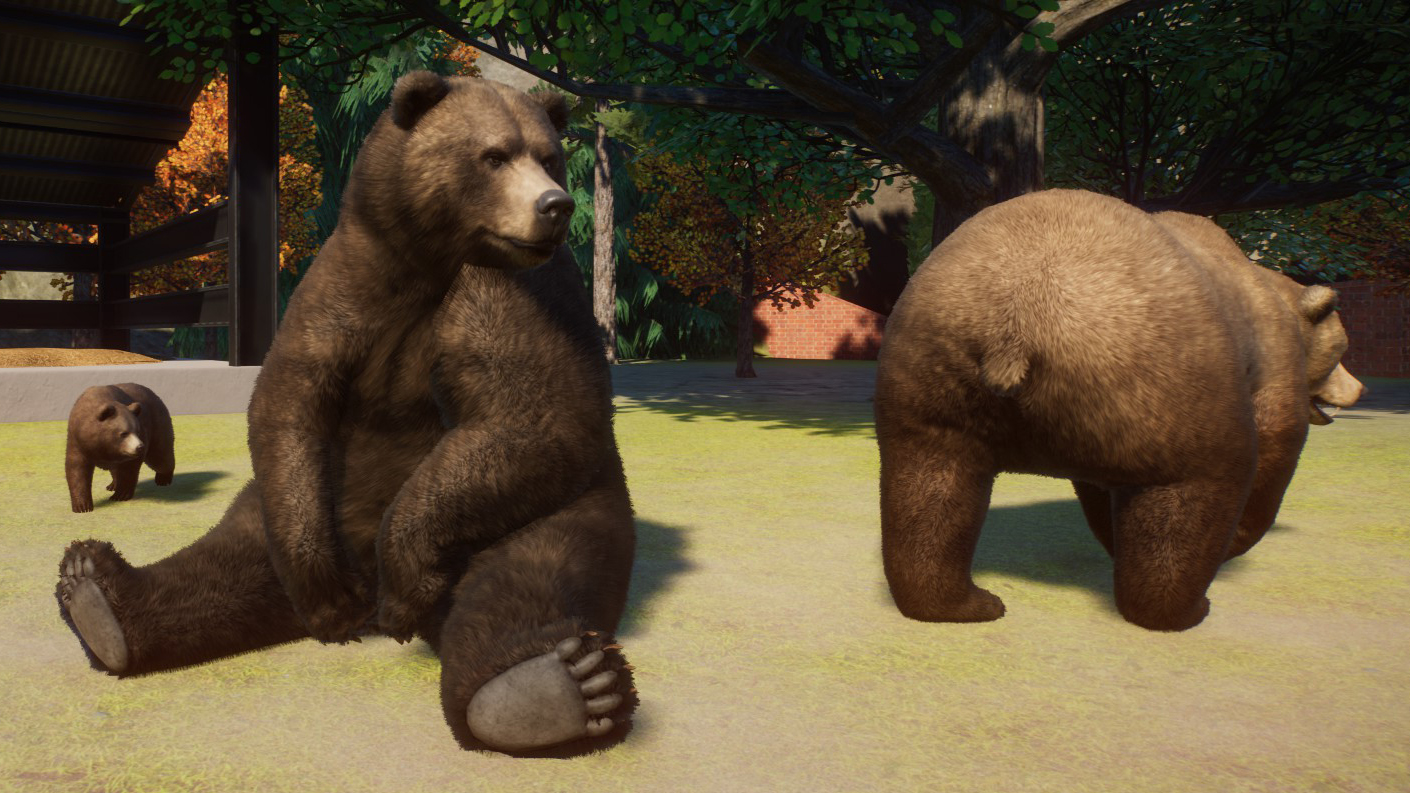
There's a lot going on in Planet Zoo, and with so many options, menus, animals, employees, and guests to keep track of, it can be easy to feel overwhelmed. As someone who has seen several of my zoos falter, fail and implode, I'm here to stop you from making the same mistakes I did.
Here are a few tips and tricks for creating, managing, and running a successful zoo.
Remap 'pause' to the spacebar
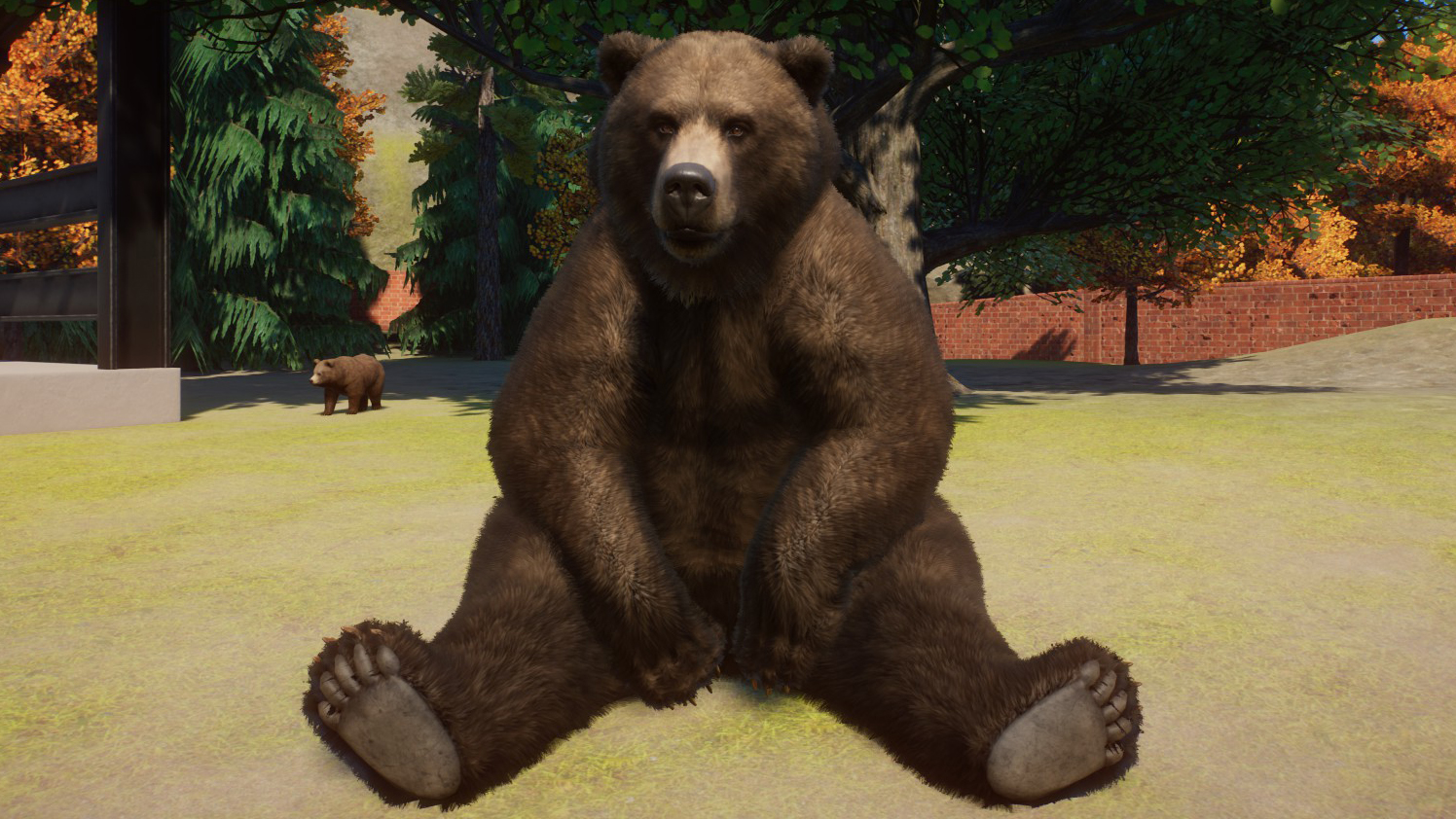
By default the spacebar is mapped to the 'angle snap' toggle, but trust me, you're going to want to pause the game more often than you do just about anything else. Even on the slowest setting, time passes deceptively quickly. If you let the game run while you spend 10 or 15 minutes crafting a habitat, you might find dozens of babies have been born, adult animals have died of old age, or other issues have cropped up. Get in the habit of pausing often, and tapping the spacebar is the most natural way to do it.
Start slow and think small
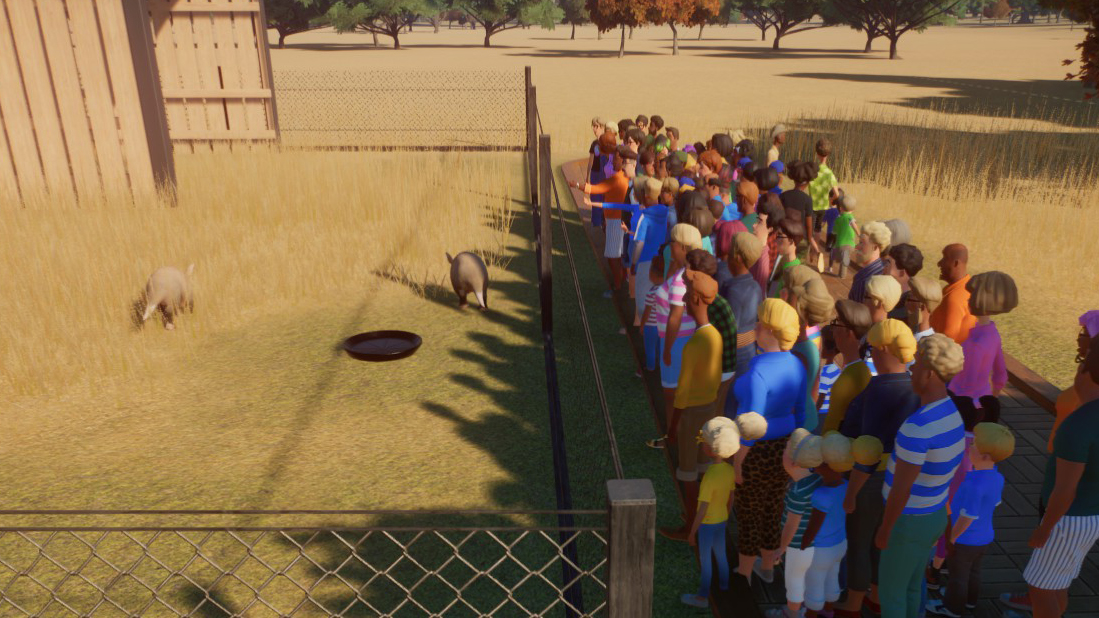
My impulse was to build a habitat, drop a pair of animals into it, make sure they were happy-ish, and then immediately begin building another habitat to expand my zoo just as quickly as I could. But it takes quite a bit of time to start seeing profits match your efforts, and if you build and expand too quickly you're going to sink quickly into a money pit. Every habitat and exhibit takes a surprising amount of resources to keep running.
So take your time. Start small, and only expand when you're making a profit or at least just breaking even. Don't build too much, adopt too many animals or hire too much staff. Check your budget tab regularly to see where you're making money and where you're losing it, too.
You can add windows to walls
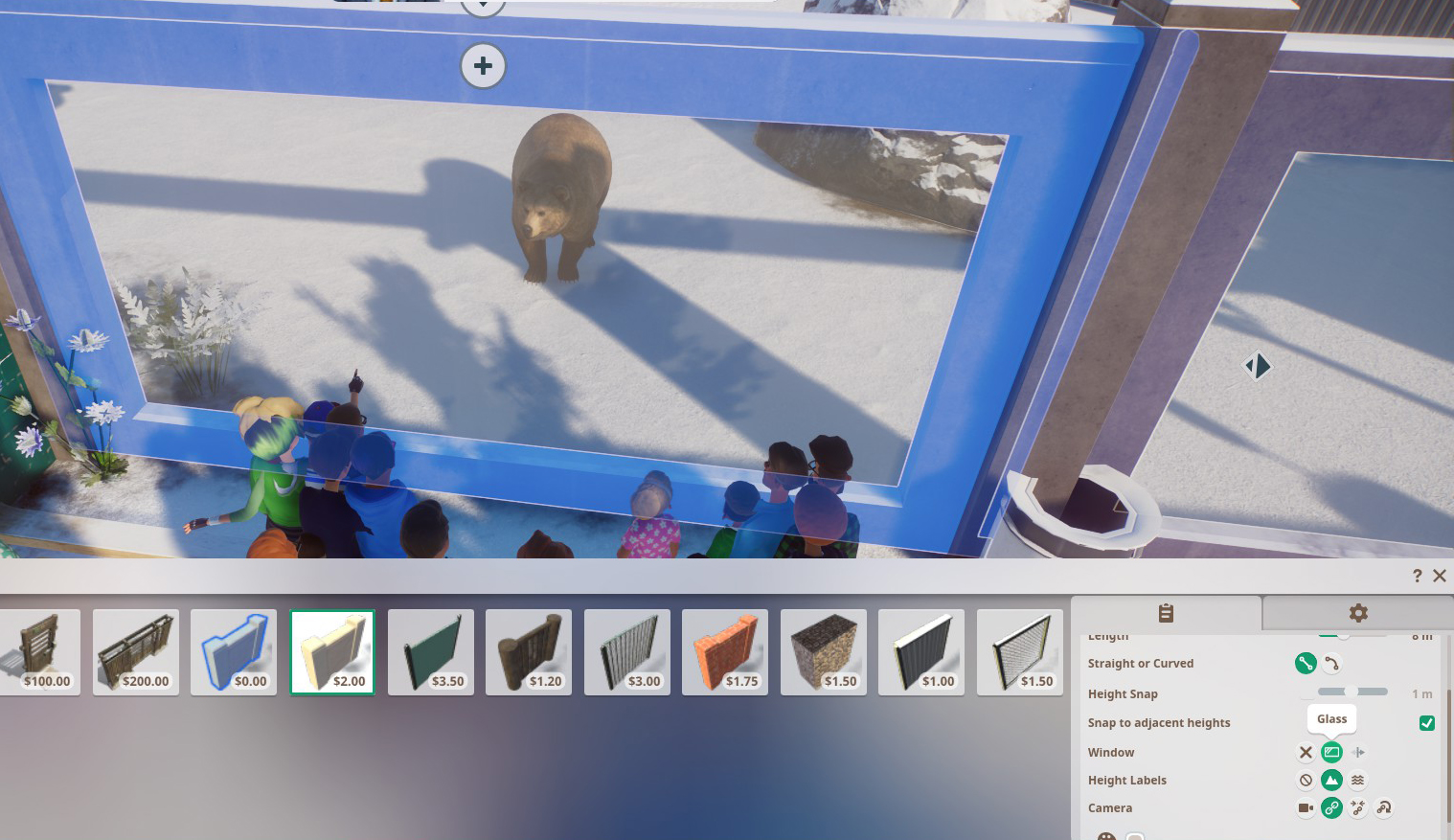
You can build solid walls to keep animals in their habitats, and glass walls so people can gawk at them, but solid walls with windows built into them look much nicer (and somehow feel more realistic) than just a big blank pane of glass. There's an easy-to-miss option to add windows to solid walls (scroll down a tad in the box on the lower right) that allows you to build windows into brick and wooden walls.
You can make animals immortal in sandbox mode
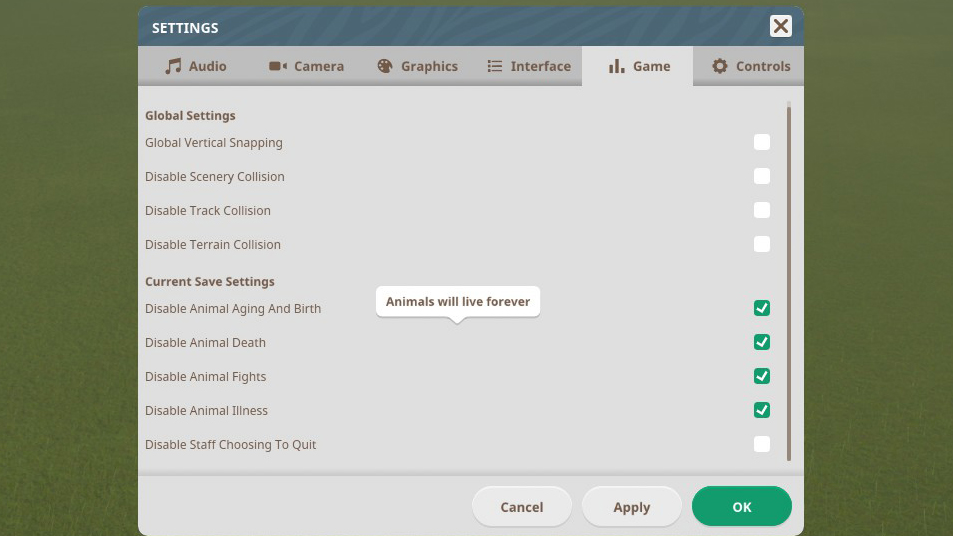
As someone who has accidentally allowed animals to starve to death, contract diseases, and sustain horrible injuries, let me tell you: it's heartbreaking. If you play on sandbox mode you can turn all that off. Obviously it's not realistic, but it might make you happier. And while your human staff members don't age and die, they do sometimes quit. You can turn that off too, and force them to work for eternity in your immortal, undying zoo.
The biggest gaming news, reviews and hardware deals
Keep up to date with the most important stories and the best deals, as picked by the PC Gamer team.
You can game the bronze objectives in career mode
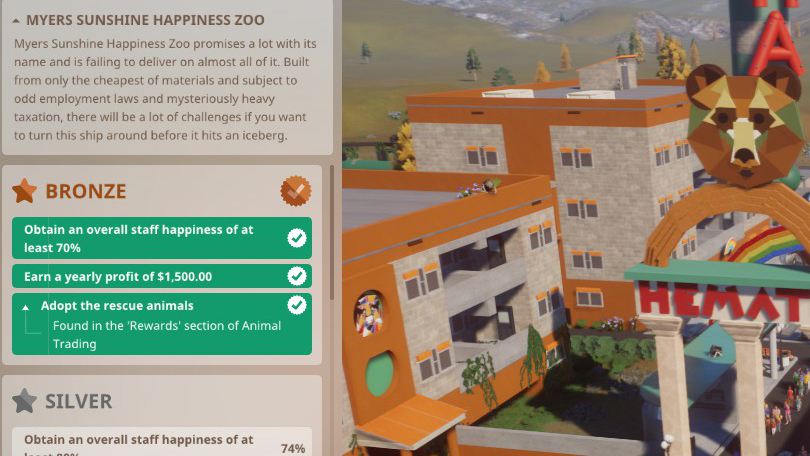
Completing the first series of objectives (bronze) in career mode unlocks the zoo and map in challenge and sandbox modes. That lets you move onto the next career mode zoo. The nice thing is that once you've satisfied any bronze goal, it's considered done forever, even if you immediately begin failing that goal a moment later.
Example: in one career mode zoo, there was a bronze goal for my zoo to make a profit and another goal to get my employee happiness over 70%. These are hard to accomplish at the same time without lots of balancing and tweaking. So I just lowered the employees' pay to rock bottom until my profits satisfied the first goal, then immediately cranked their pay up to the max to make the employees happy.
Even though overpaying my employees plunged me into negative profits, it didn't matter because I'd already accomplished the profit goal first. Obviously this doesn't work if you want to continue the career mode to achieve the silver and gold goals for that zoo, but for unlocking the map quickly for use in other modes or for moving onto the next career mode zoo, it works just fine.
Shared habitats are good for everyone
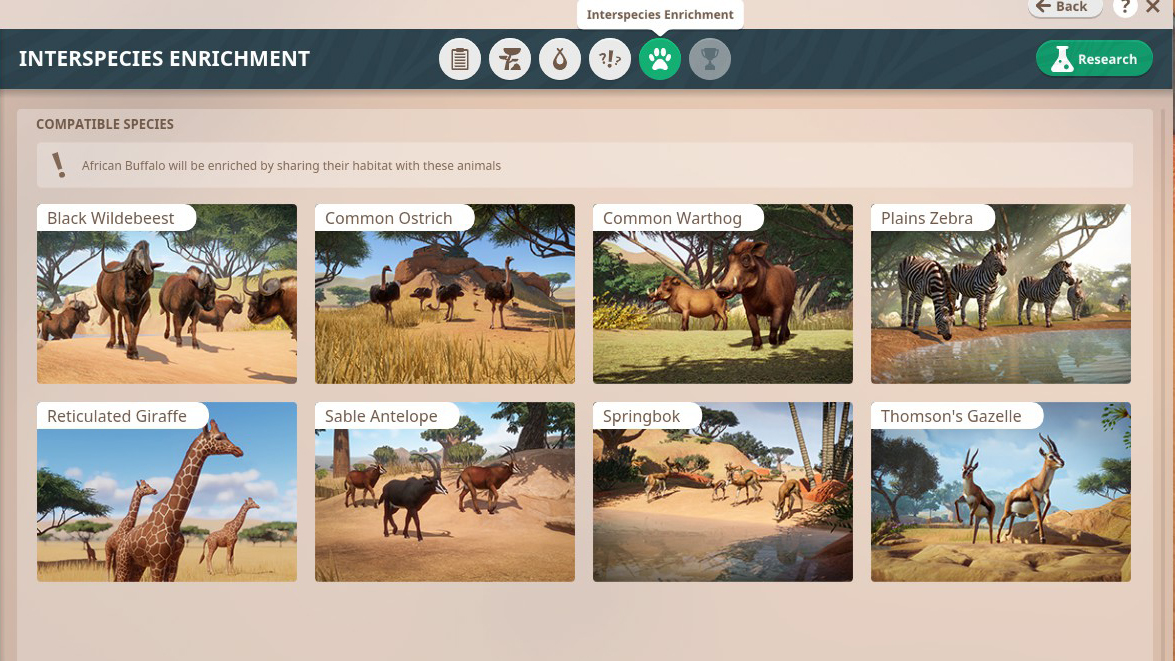
If you're looking to save money on construction costs and get a lot of value from less land, acquire animals that can share their habitats with different species. Giraffes, buffaloes, warthogs, gazelles, and many others are actually happier occupying the same habitats with certain other species—the in-game Zoopedia will tell you with whom they benefit from living. It's easier for your staff to manage these animals when they're all together instead of spread out all over the place and it makes it clearer for your guests to see and learn about different animals without getting tired from walking too far. And the animals like each other. Win-win-win.
Your employees need separate habitats, though
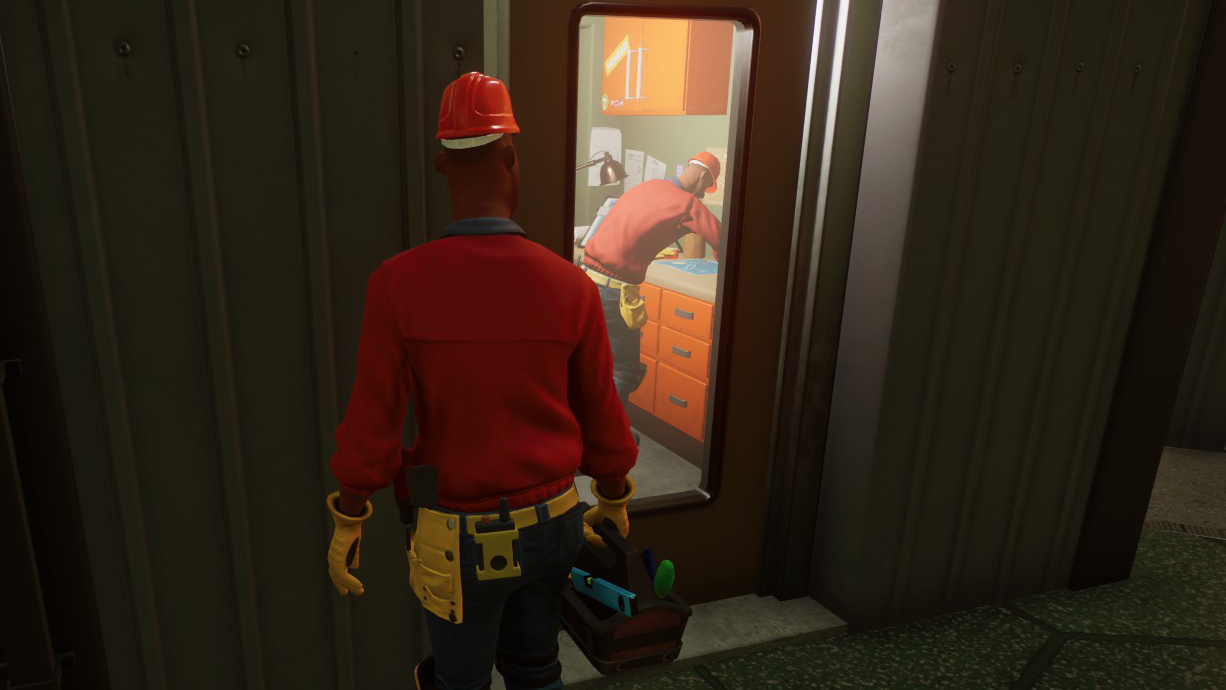
If you've ordered a mechanic or vet to do research or a zookeeper to handle some important task, you may wind up waiting a long time, and it's not always obvious why. Your staff members may be bottlenecked because they can't simultaneously use small facilities. While one zookeeper is chopping up food, or a mechanic is studying new zoo technology, anyone else will have to wait patiently outside, peering in through the window if it's the only small facility available. (Research can unlock larger facilities that can be shared by more than one employee.)
It might also be down to guest congestion. If your employees are slow getting around, think about building them their own dedicated staff paths so they don't bump into guests.
Guests love buying dumb hats
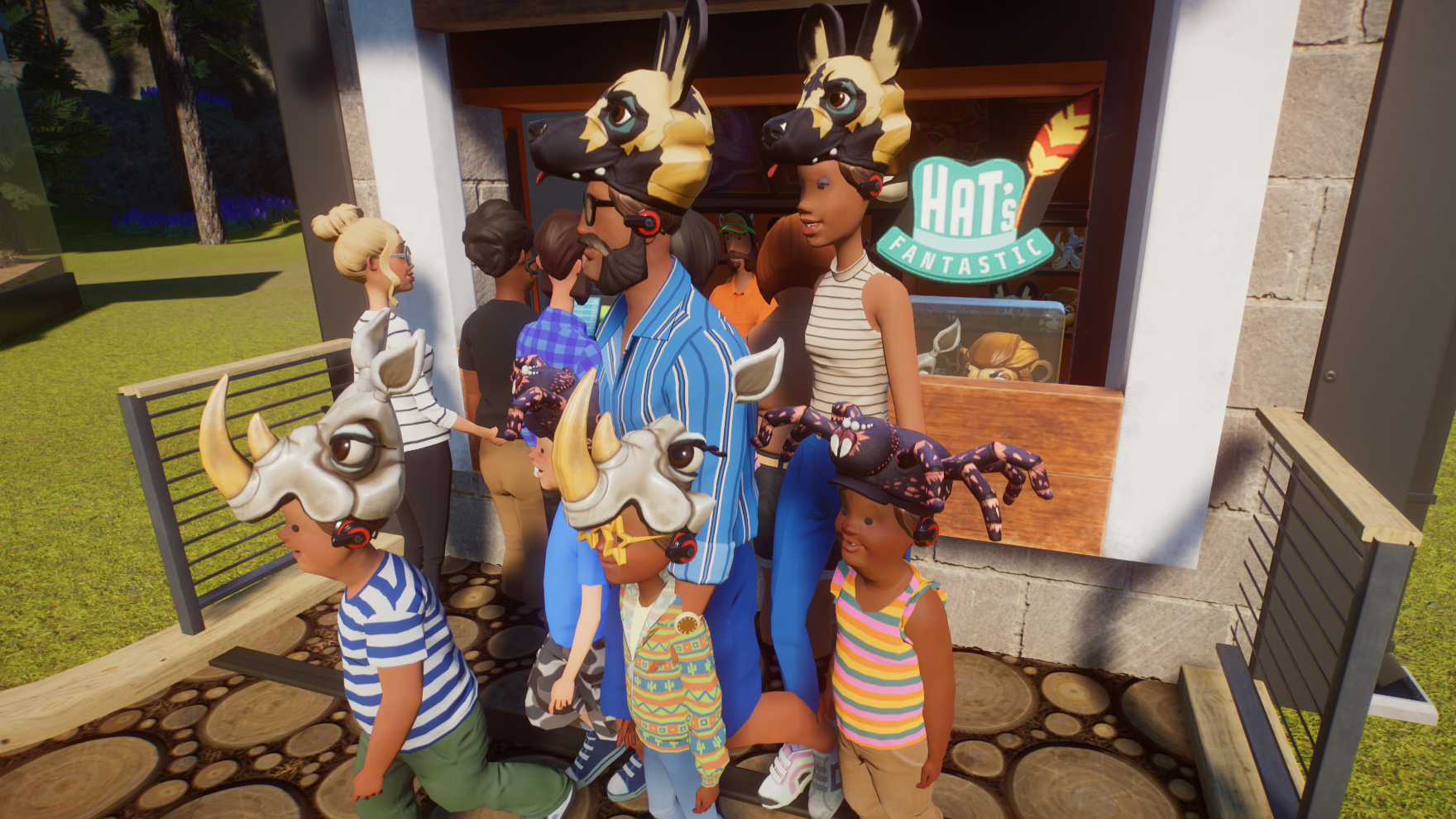
Raising admission fees for a small zoo will draw complaints. Food and drink stalls are hit and miss. People, shockingly, don't like paying to use the toilets. Donation boxes placed outside habitats are great earners, but your guests still typically leave your zoo with hundreds of unspent dollars in their pockets. How can you drain it from them?
Big dumb hats. Balloons, too, but mostly, big dumb animal hats. Before you even start putting in Chief Beef burger huts and drink stalls, get souvenir shops researched and make sure everyone can buy a big dumb hat. They will, in droves.
You can adjust how quickly you need to pay back loans
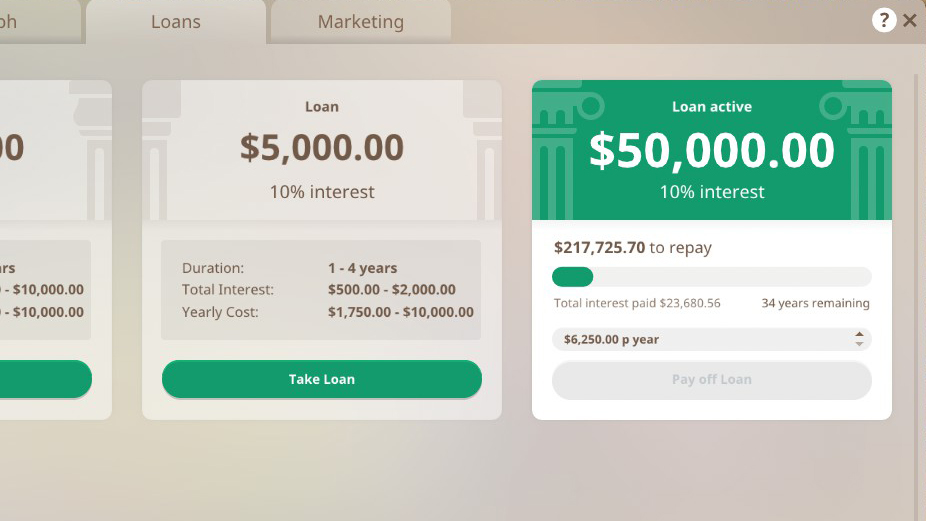
Making a profit with your zoo is hard—and it's the kind of hard where I'm honestly expecting a post-launch patch to make it a bit easier. At the moment, though, loans can help keep you afloat, and you can adjust the monthly repayments from the loan menu.
I'm not really advising you do this, because I've currently got a $50,000 loan on my park that is going to cost me over $215,000 to pay back over the next, um, 34 years. But the point is, if you take out a loan, you can adjust how long you want to take to pay it back, which can help you out with lower payments in the short term even if it doesn't do you any real favors in the long term.
You can kick people out of the zoo
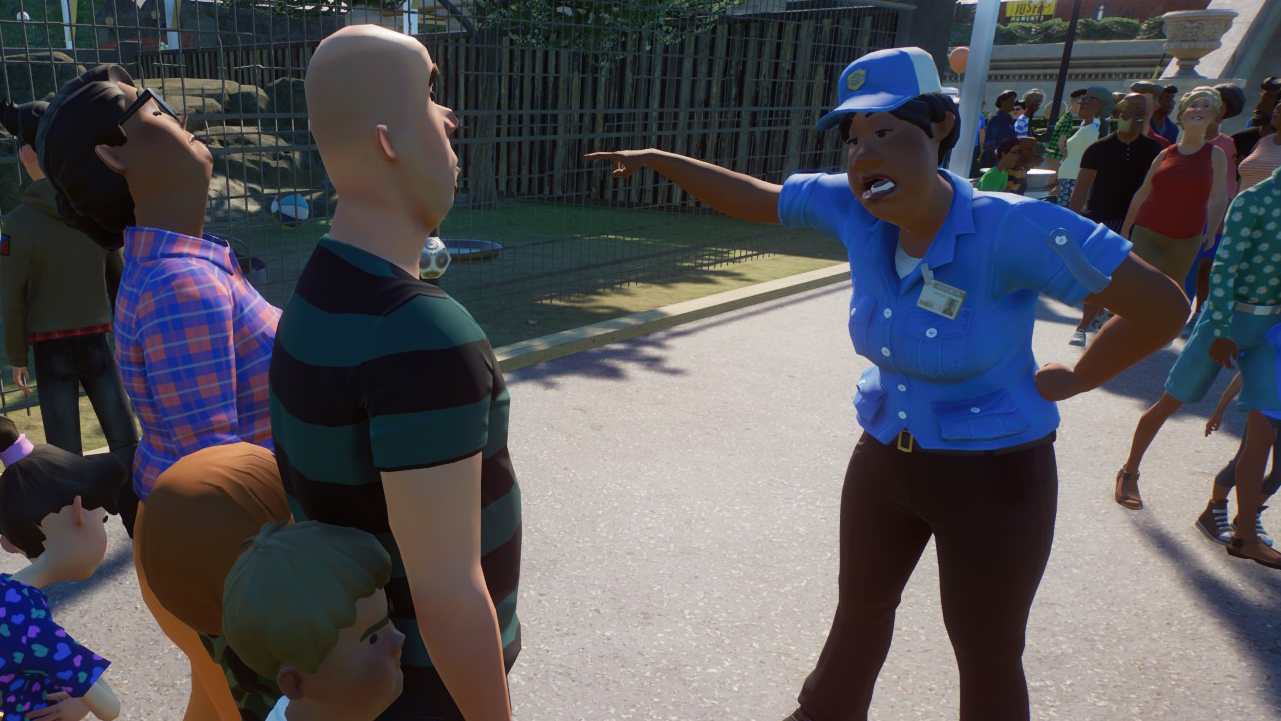
Some of your guests will be dicks. There may be vandals, litterbugs, and even pickpockets hiding among the nice people who just want to look at your zebras and giant snails. I've never specifically spotted anyone doing something wrong, but if you do you can sic a security guard on them and kick them out. Or, you can just do it for fun. Just make sure they buy a hat first. This goes for individuals or groups, though, not protesters.
If you split a habitat, move the gate first
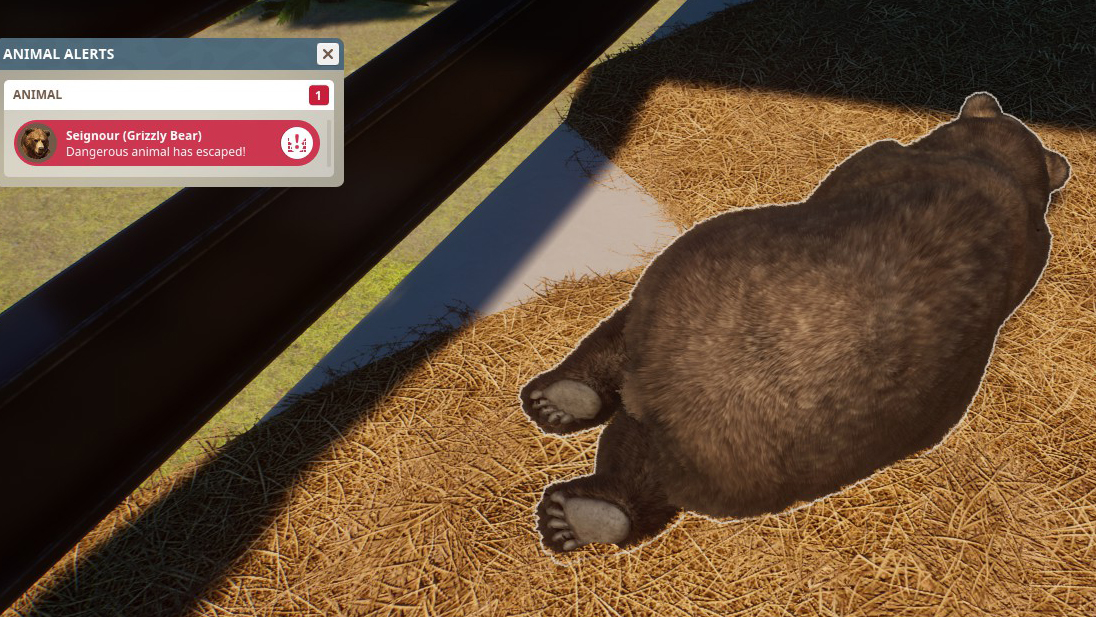
When building habitats I tend to err on the side of caution. So if the Zoopedia tells me a western lowland gorilla needs 780 meters of space, I'll overcompensate and build a habitat that's got, like, 2,900 meters of space. I just don't want to risk my gorilla being unhappy, you know? But later I'll need to find room for other animals so I'll want to divide that habitat up a bit.
It's easy enough to draw some barriers through the middle and turn that huge habitat into two smaller ones. But before doing that, make sure the gate winds up in the same section the habitat's current resident is in. If you divide a habitat in half and the animal is in one half but its gate is in the other, Planet Zoo will decide the animal has escaped. Even if it's just sleeping peacefully as the bear in the above image is.

Chris started playing PC games in the 1980s, started writing about them in the early 2000s, and (finally) started getting paid to write about them in the late 2000s. Following a few years as a regular freelancer, PC Gamer hired him in 2014, probably so he'd stop emailing them asking for more work. Chris has a love-hate relationship with survival games and an unhealthy fascination with the inner lives of NPCs. He's also a fan of offbeat simulation games, mods, and ignoring storylines in RPGs so he can make up his own.

Path of Exile 2's nerf-happy update has the playerbase revolting, review-bombing their baby, and scorning the developer's promises: 'Like reading a Blizzard post on fixing Diablo 4'

Terra Invicta, the space 4X from the creators of XCOM's Long War mod, just got a massive update that adds exofighters, improved diplomacy, and 'advanced weapons' for its alien menace
